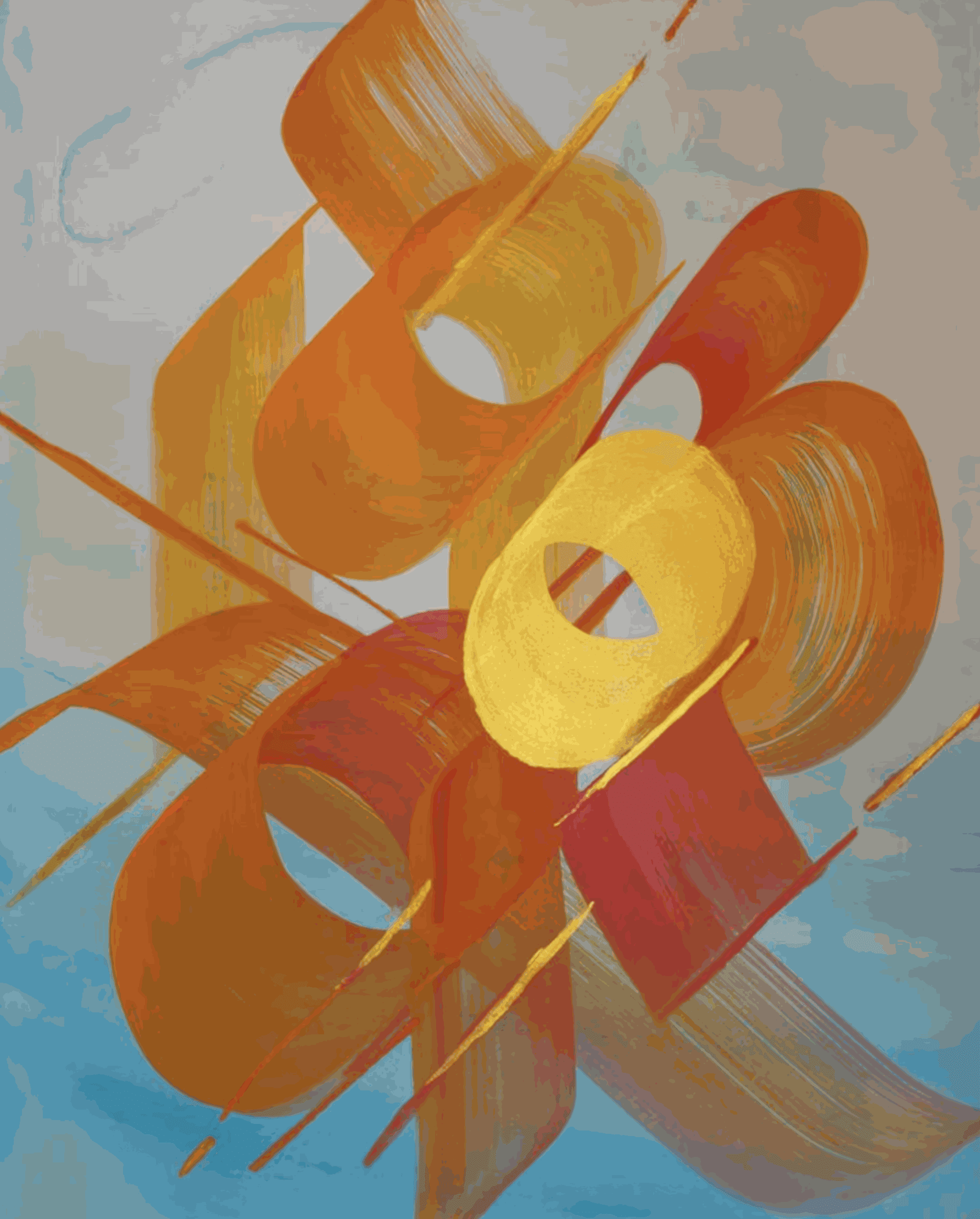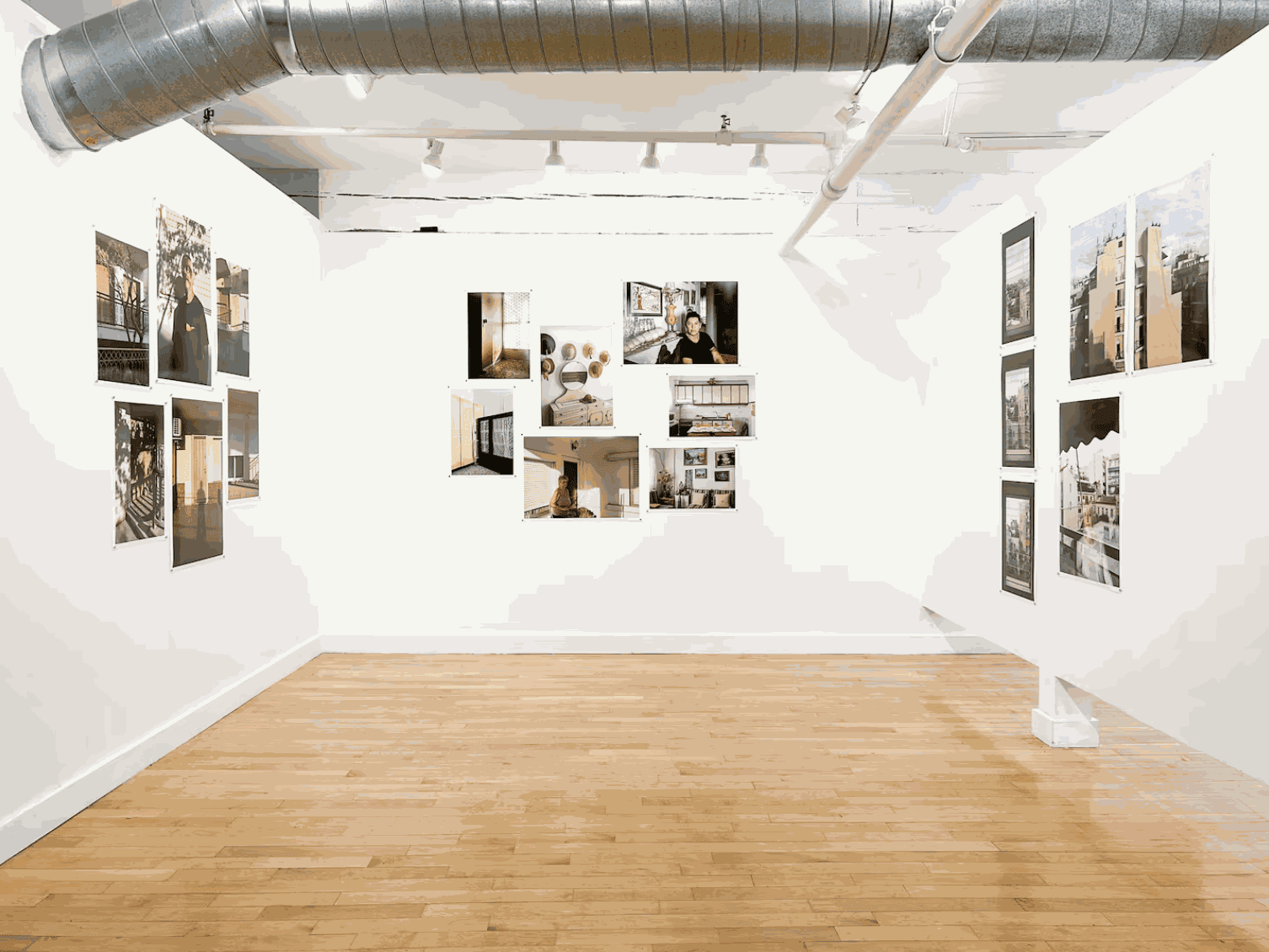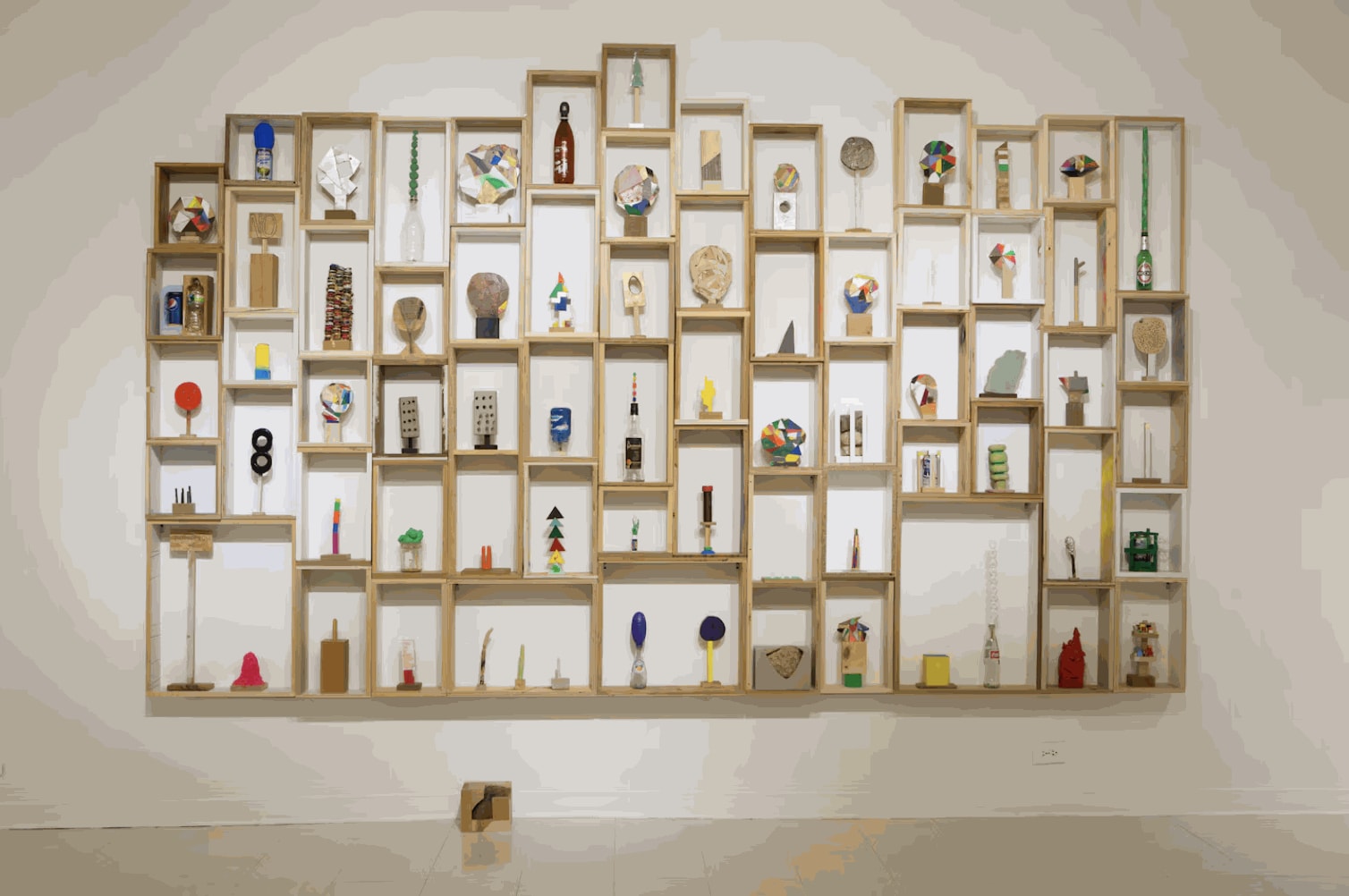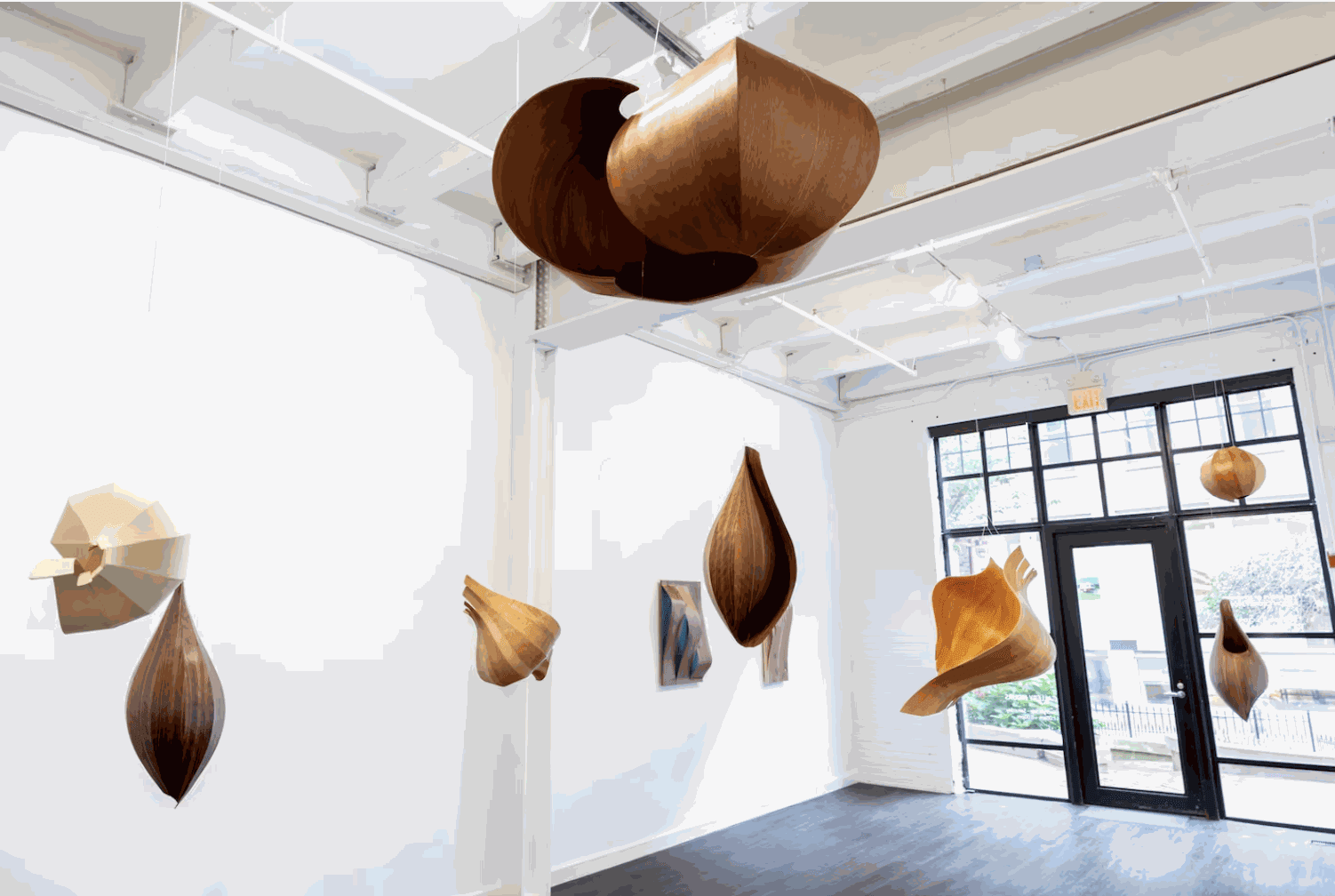What started as a routine errand run for Sneha Shrestha ended with her crying on a bench at Harvard Square.
The Somerville-based artist had just received a phone call from the Institute of Contemporary Art: She’d been selected to receive the 2025 James and Audrey Foster Prize, a biennial award given out by the museum to recognize outstanding Boston visual artists.
From the Harvard Square bench, Shrestha made a call of her own. It was the middle of the night in Nepal — where she was born and raised — when her father answered the phone.
“I was so emotional because it is a huge sacrifice to live here” in Boston, Shrestha said, referencing the distance between herself and her family. “I made a choice to live here so I could create art and make a living.
“To be considered a local artist, to be acknowledged by the ICA,” she continued, “is a huge deal.”
Shrestha is joined this year by three fellow Foster Prize recipients: woodwork sculptor Alison Croney Moses, photographer Yorgos Efthymiadis, and recycled-wood sculptor Damien Hoar de Galvan.
The Foster Prize (formerly the ICA Artist Prize) started in 1999 as “part of the ICA’s continued efforts to recognize, present and acquire works by exceptional Boston-area artists,” according to a museum press release. In the past, artists such as photographer Rania Matar (2008) and painter Marlon Forrester (2021) have won the award.
The prize — which includes an honorarium of $10,000 for each selected artist — culminates in a solo exhibit at the museum that will open Aug. 25 and run through Jan. 19. In the past, works by Foster Prize recipients have become part of the ICA’s permanent collection.

Sneha Shrestha, "Celebration 5," acrylic ink on paper. Sneha Shrestha
Shrestha’s artistry has both local and global roots. The Nepali painter’s work mixes her native language with graffiti techniques she learned while working at the Boston youth arts nonprofit Artists for Humanity.
That blend of local and global influences is the through-line that connects all four Foster Prize artists, according to Tessa Bachi Haas, the ICA curator who organized this year’s award.
Croney Moses, who currently lives in Roslindale, was raised in North Carolina by Guyanese parents. Hoar de Galvan, who lives in Milton, grew up between Massachusetts and Argentina, his father’s home country. Efthymiadis, now of Somerville, was born and raised in Greece.
Efthymiadis didn’t pick up photography until he moved to the Boston area 14 years ago.
“What grabbed my attention was the differences between my country and the US — cultural differences and visual differences,” said Efthymiadis, whose photographs focus on architecture and portraiture. “I was drawn to mundane things like driveways and backyards that had nothing to do with where I was born.”

Yorgos Efthymiadis's project "The Lighthouse Keepers" on view at Gallery Kayafas, 2024.Alina Balseiro
As part of the selection process, Haas visited with more than 50 local artists in their workspaces. “It felt important for me to get to know each of them and form a real connection,” she said.
During one of those visits, Haas came across a multicolored abstract sculpture made of pieces of recycled wood. It was one of Hoar de Galvan’s artworks. Haas said she made a note of his name and set out to visit Hoar de Galvan’s studio.
As a general exercise, Hoar de Galvan finds studio visits nerve-wracking. “It’s like psychological torture,” he joked. “You have no idea what you’re supposed to explain. I always struggle to articulate why I do what I do.”
Still, Hoar de Galvan thinks he “did an OK job” explaining his work to Haas, considering he was selected for the prize. Receiving such an honor, he explained, “helps keep you going.”
“In a world that’s so fast-paced and overrun with information, art is pretty slow moving,” said Hoar de Galvan, whose ICA showcase will be his first solo exhibition in a museum. “The making is slow, and the looking should also be slow.”

Damien Hoar de Galvan's mixed-media sculpture series "Something Could Happen at Any Moment" (2010-15) on view at the Montserrat College of Art in 2015.Damien Hoar de Galvan
For Croney Moses, this year has been anything but slow. The woodworker, who makes rounded vessels that often reflect her experiences as a Black mother, was also selected as one of the hometown artists whose work will feature in the inaugural Boston Public Art Triennial in May.
“I feel very fortunate in my art practice that I’ve been able to get awards, recognition, and opportunities. That’s not the case for everyone. There are lots of talented artists, and work being produced, that people don’t always get to see here,” Croney Moses said.
It’s “extremely important,” Croney Moses believes, for an institution with international reach like the ICA to celebrate Boston artists.
“To be recognized in your hometown, it’s accessible to folks,” she said, adding that the opportunity means local artists don’t “have to go to New York City to showcase at that level.”

Alison Croney Moses's exhibition "The Habits of Reframing" on view at Abigail Ogilvy Gallery in Boston, 2023. Mel Taing
Part of the ICA’s goal with the Foster Prize, Haas explained, is “to encourage Boston artists to stay” in the city.
Shrestha, for one, has been inspired to bring new people to Boston as a result of the prize.
“I want to fly my parents here,” she said. “I’m excited to share my work and carry my community and my people with me.”

